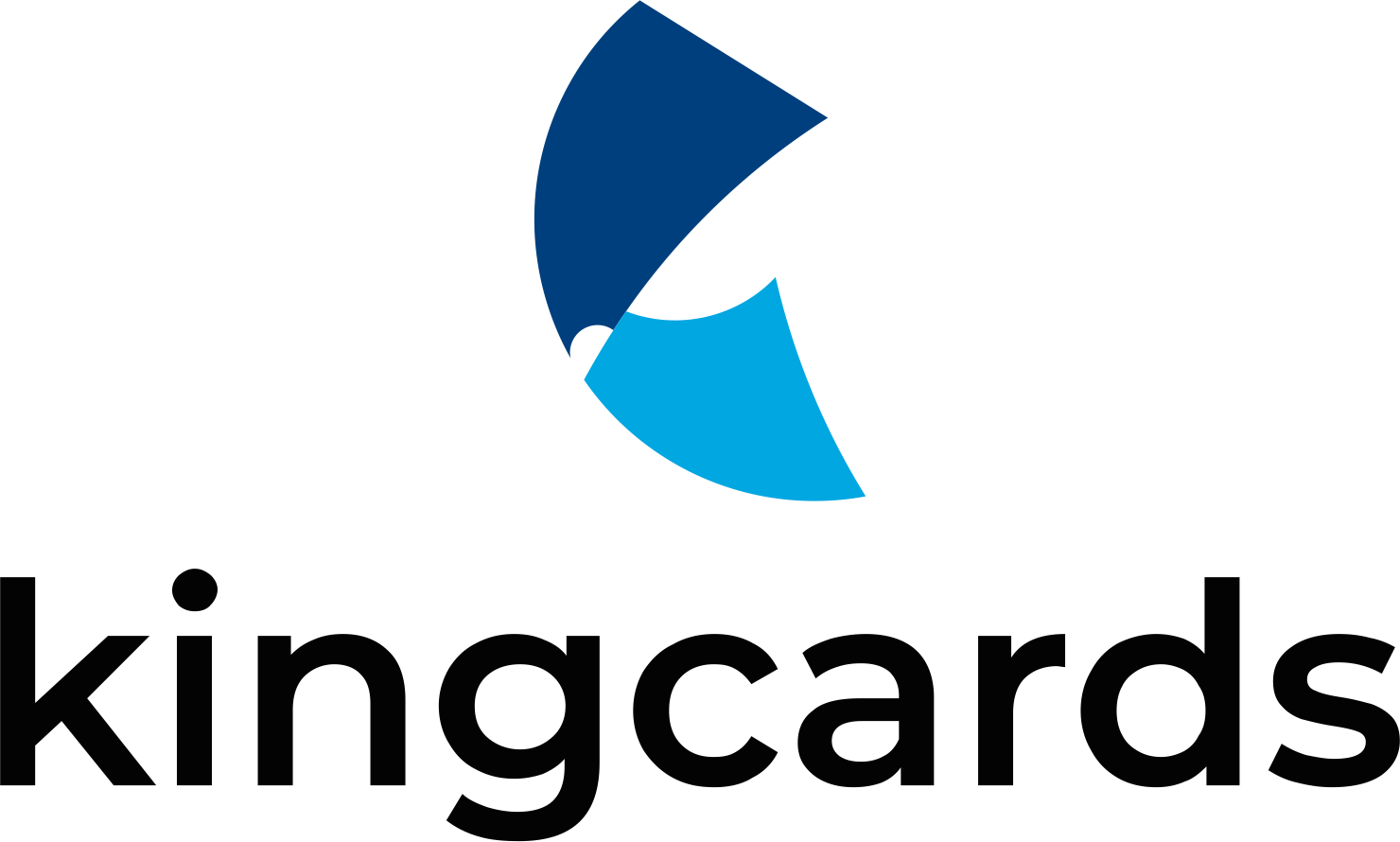Cryptocurrency mining is the act of verifying transactions on a cryptocurrency network.
Crypto miners are rewarded for their efforts with newly minted cryptocurrencies, usually bitcoin or ether. The mining process was designed to be resource-intensive and difficult so that the number of coins found each day by miners remains steady. You can read post on Top 10 cryptocurrency

How Does Crypto Mining Work?
A cryptocurrency miner’s job is to use computer resources to prove/verify transactions on a cryptocurrency network. They are paid in cryptocurrency for their efforts.
Crypto mining requires a significant investment in hardware (e.g., ASIC miners). The reason for this investment is to ensure that the miners have a strong financial incentive to mine honestly and that the blockchain remains un-compromised.
This can be seen as an example of a proof of stake algorithm because mining hardware acts as proof of stake in making it financially unwise to try and corrupt the blockchain by conducting a 51% attack.
To be a crypto miner, you need to access crypto mining hardware, which is not always easy to find. The hardware is also costly.
For example, as of now, one Bitcoin can cost from $38,000 – USD 42,000, and the price of an ASIC-based miner device may start at $10,000 USD.
Crypto mining was once used as an argument against bitcoin’s concept of decentralization and the use of proof-of-work algorithms in general. However, that argument has lost credibility because many people have been building large farms with ASICs – essentially large farms that are designed for mining only bitcoin or other cryptocurrencies.
Now that we know what crypto mining is, let’s look at this from a miner’s perspective.
How do you become a miner?
What tasks do you do as a miner?
And how does this whole business operate?
The prerequisite for this is to join the appropriate cryptocurrency network and be connected to the other nodes. Once this is setup, there are six essentials tasks you need to perform as a miner:
- Listen for transactions: This is the most basic function of a mining node. It has to read the transactions passing through the network and validate them by checking the signatures and UTXOs.
- Maintain a private blockchain: When a new node joins the mining network, it will prepare its own blockchain by fetching existing data from neighboring nodes. After that, it has to listen to the network for broadcasts about new blocks and validate them. If the transactions within the block are valid and if the block’s nonce is also valid, it will be added to the blockchain and propagated.
- Create a new block: After you keep listening for new blocks and updating your private blockchain, you’ll end up at a point where your private blockchain is up-to-date with the public blockchain. This is when you can try to go ahead of the curve and start forming new blocks to update the blockchain. You’ll need to grab all the latest “unrecorded” transactions, validate them, and put them into a new block that extends the last known valid block.
- Solve POW and find a nonce: Once all the block elements are formed, you need to find a nonce that makes it valid. This requires a lot of computation and time because you need to solve the Proof of Work algorithm for the new block.
- Propagate the block: Once you calculate the proper nonce, you are tentatively in possession of a valid block which can potentially become an update to the public blockchain. The only thing left is to beat the other miners to it. So, you’ll have to timestamp your block, sign it and send it to neighboring nodes. The block will be accepted and the buck moves forward if you’re lucky.
- Get rewarded: If your block was accepted by the other nodes and updated to the public blockchain, you would be sent the mining prize + transaction fees to your wallet address.
If you look at these tasks a bit closely, you’ll notice that validation is only part of the equation. As a miner, competition plays a major role in deciding your effectiveness. Unless you’re quick to propagate a valid block, all the time and effort that went into validating the block becomes useless.
The cryptocurrency network feeds off this competition because it leads to faster transaction processing and lower latency.
Now, let’s look at the Mining Hardware and Software used for mining
Mining Hardware
If your computer has an AMD Radeon 5800 (or newer) graphics card, you can install appropriate mining software, join a mining pool, and begin mining. However, as more volunteers join the miner community, it is becoming clear that knowing your hardware is essential if you want to survive the race to mine all the coins.
Below are some hardware configurations that help in mining cryptocurrencies and how they’ve been optimized for efficiency over time.
CPU Mining
The first and most common way of mining cryptocurrencies is through the CPU. This type of mining utilizes the processing power stored in a computer’s central processing unit or CPU.
The blockchain system records transactions on the network by creating new blocks on a public ledger. Miners “mine” for newly created coins by verifying and validating these transactions into the existing database known as a blockchain.
Today, CPU Mining is considered one of the worst possible ways of cryptocurrency mining, and anyone who attempts it is presumed to be delusional.
GPU Mining
Through the use of a graphics processing unit, or GPU, miners can speed up verifying and collecting newly created coins. However, this form of cryptocurrency mining requires powerful graphics cards.
Furthermore, as more people start to mine for coins, the difficulty in solving this complex computational math problem increases. As a result, more powerful hardware will be required to mine a coin against the competition successfully.
ASIC Mining
ASICs stands for Application-Specific Integrated Circuits. This type of hardware is used to mine cryptocurrencies with more efficiency and speed than GPUs or CPUs. However, as more people start building models of this type of hardware, the difficulty of solving new blockchain blocks will increase even further.
SHA-256 Mining
Bitcoin uses an SHA-256 hashing algorithm to make new blocks on their blockchain. Unfortunately, this algorithm requires a lot of computing power to solve, and the more people who mine for Bitcoin regularly, the more difficult it will be for others to find these blocks. The problem is that most GPUs simply cannot mine for this currency.
Mining Software
There are quite a few mining software options to consider depending on your setup. There are still viable options for those without the desire or resources to invest in a mining rig.
One popular choice is MinerGate, which offers online mining with simple installation and a straightforward, easy-to-use interface. Once installed, it provides an intuitive graphical user interface that lets you track your miner’s stats in real-time without having to go into any configuration files or command prompt windows.
Let’s look at three possible software suites you can actually use to get started with mining on your own hardware.
CGMiner
This is one of the best beginner programs available. It is compatible with almost all operating systems (including Windows, Mac, and Linux) and employs a simple CLI (Command Line Interface) to receive and execute user commands. Following installation, you will be prompted to enter the credentials of the mining pool to which you wish to join.
After that, all connected mining devices will be automatically detected and listed. The CGMiner software is an open-source project written in the C programming language. It includes hardware monitoring, Overclocking, Remote Interface, and Fan Control.
BitMinter
The BitMinter software has a friendly GUI (Graphical User Interface) and preinstalled mining pool settings. Unfortunately, these settings are fixed only for the Bitminter pool, which is actually one of the market’s longest-running and credible pools.
So, the BitMinter client you run on your computer will directly connect with their pool and show you all kinds of stats for your hardware’s performance.
Most notably, you can check your hash rate, time spent, and success rate. For more details on their reward policy and server locations, check out their website at www.bitminter.com
MultiMiner
This free tool is an open-source graphical interface for Bitcoin mining software. Download it, and you’ll have everything you need to start mining bitcoins.
The software comes with a few example scripts that will help guide you, but the good news is all of these scripts can be reused, so keep them to use as they are or adapt them in any way necessary to suit your needs.
You can also start your own pool if you want, take a shot at finding blocks, and withdraw the rewards that get sent your way.
To wrap things up, we’ve provided a few important points that will help you make an informed decision before delving into the world of crypto mining. Hopefully, this article will give you a better understanding of what crypto mining is and show you that it’s not as difficult or risky as it may seem.
Furthermore, once you do some research on the matter, this article, and others like it, will help clear up any misconceptions you may have about crypto mining. Learn about crypto airdrops, crypto punks and top 10 crypto currencies in our other articles





















